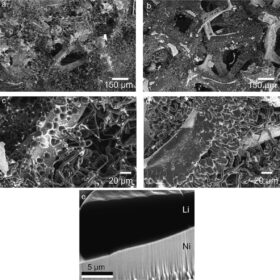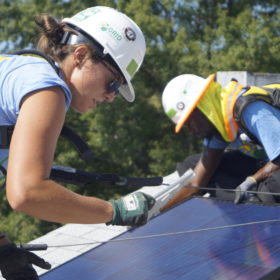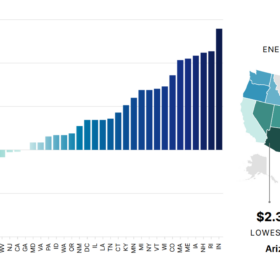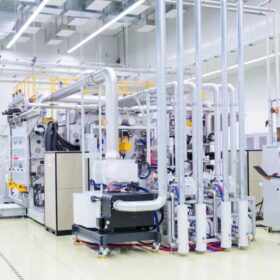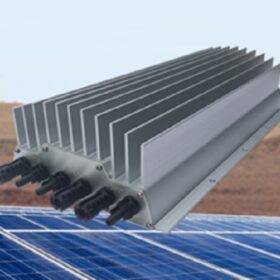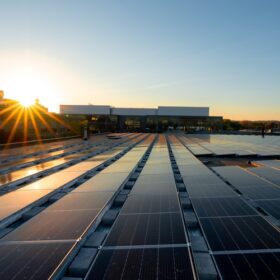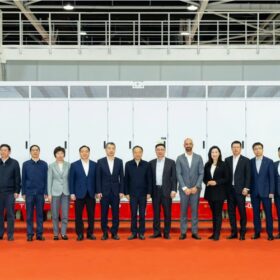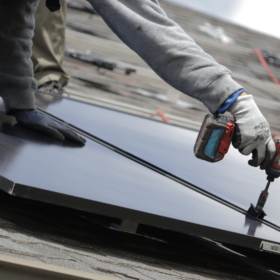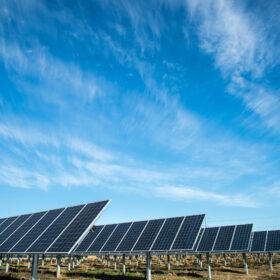IEA-PVPS releases guide for applying innovation system approach to BIPV
IEA-PVPS has published a new handbook that provides support for Technological Innovation System (TIS) analysis for building-integrated photovoltaics (BIPV).
Sharp unveils all-black 420 W TOPCon solar panel with 21.51% efficiency
Sharp’s new IEC61215- and IEC61730-certified solar panels have an operating temperature coefficient of -0.30% per degree Celsius, with 21.51% efficiency.
Longi solar modules made from OCI polysilicon clear U.S. Customs
An industry note from Roth Capital partners said the panels were released for entry to the U.S. market.
Carrier launches new series of high-temperature heat pumps
Carrier, a US-based heating solutions provider, has introduced a new line of high-temperature heat pumps with capacities ranging from 30 kW to 735 kW, with hydrofluoroolefins as a refrigerant.
Anode-less redox flow batteries capable of fast cycling
Researchers in the US have demonstrated that replacing the planar lithium anode in a redox mediated lithium-sulfur redox flow battery with a high surface area scaffold enables 10 times faster cycling, up to 10 mA cm−2, without short circuit or voltage instability.
Solar contributed 45% of electricity generation capacity additions in the first half of 2023
Solar installations are expected to grow 15% per year through 2028, said a report from Wood Mackenzie.
Residential solar average payback period is 8.3 years, said EnergySage
Pricing is beginning to cool slightly, but financing terms have changed from 2.99% to 4.99% for a 25-year loan.
Ascent Solar increases CIGS thin-film solar cell efficiency to 15.2%
The significant increase over previous efficiencies achieved is attributed to replacing cadmium sulfide in manufacturing process with a new material.
Ampt introduces 70 kW output solar string optimizer
The i50 optimizer supports the largest utility-scale solar projects.
Off-grid solar canopy charges electric tractor at California winery
Paired Power partnered with Monarch Power to deliver the emissions-free off-grid solution.




